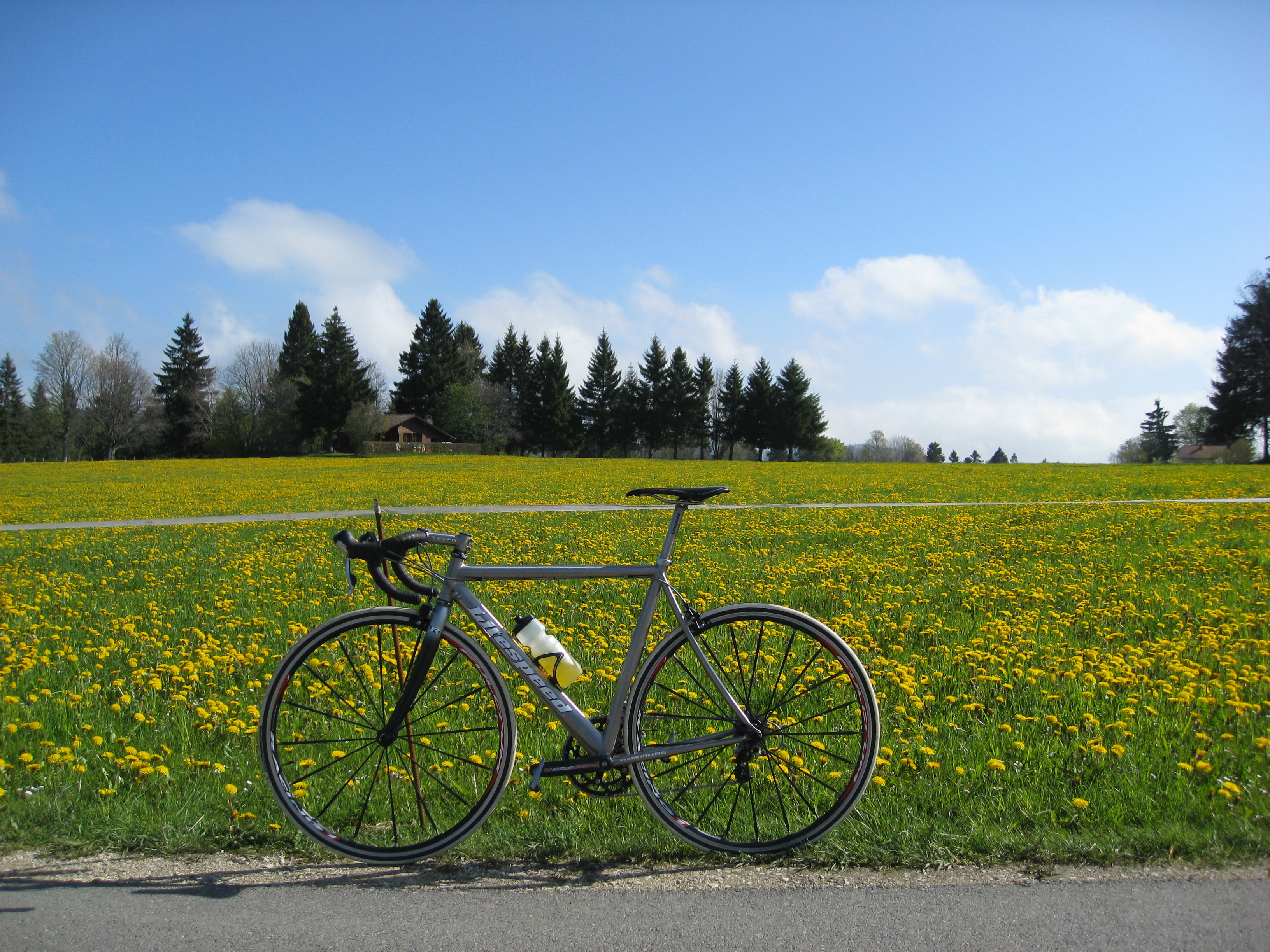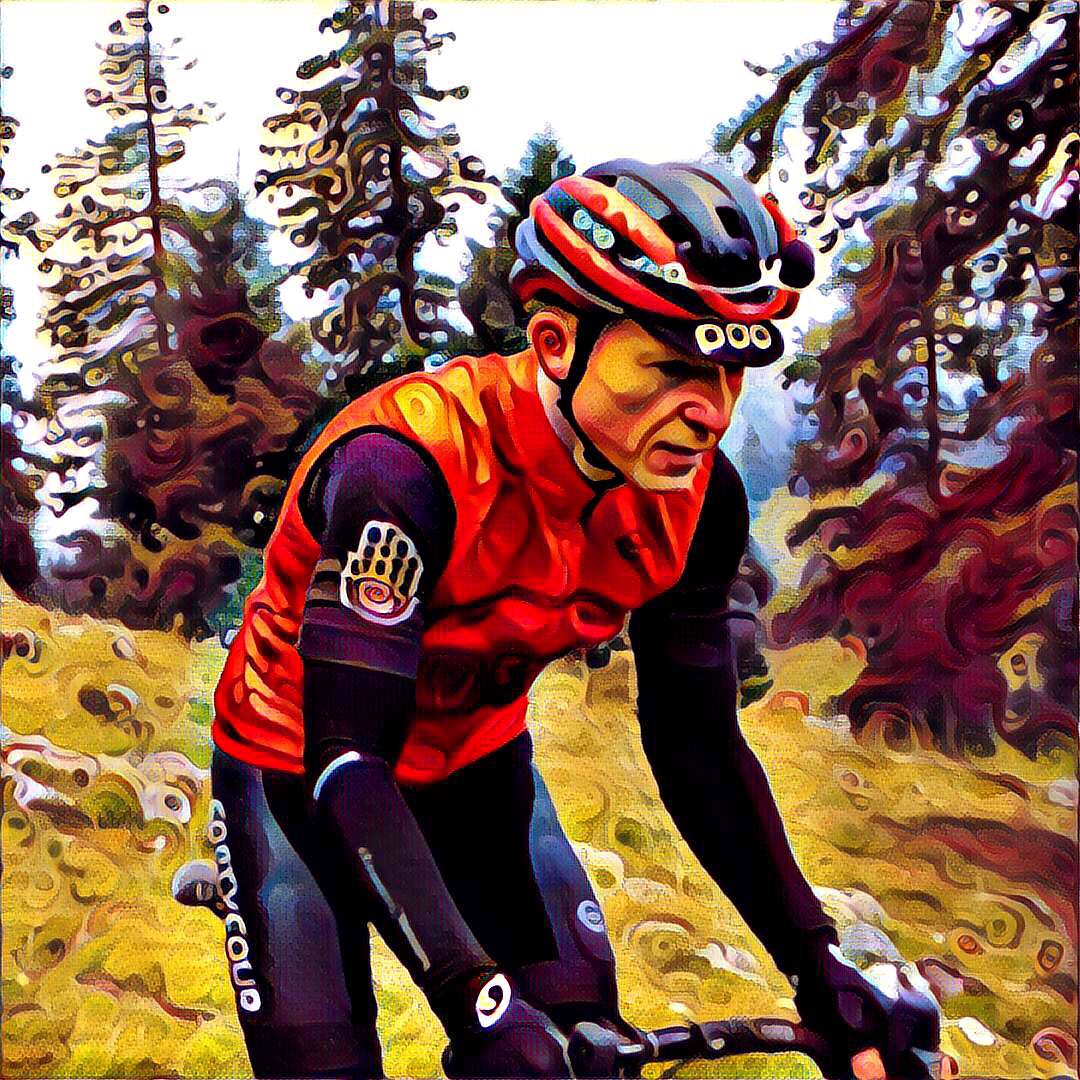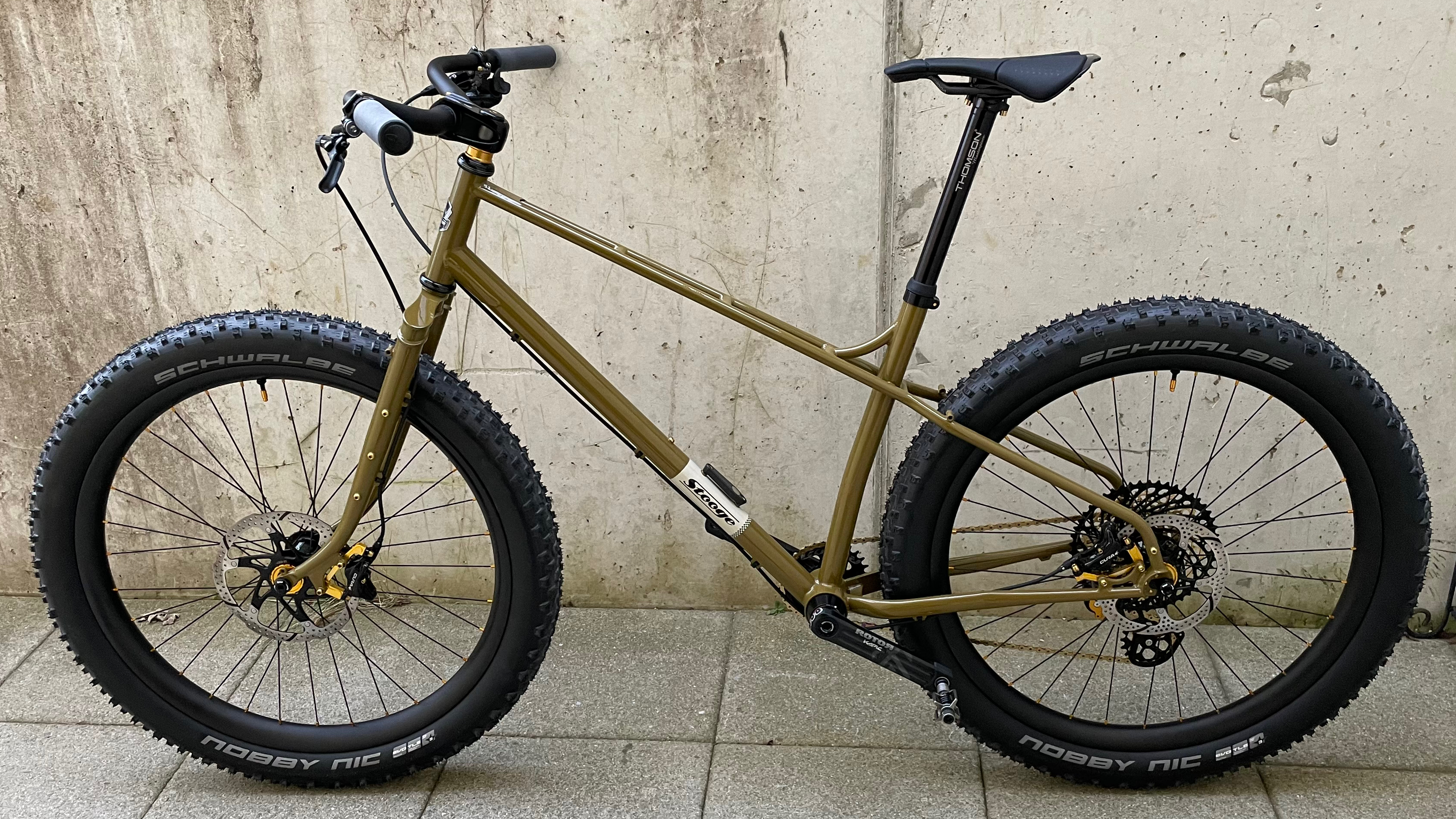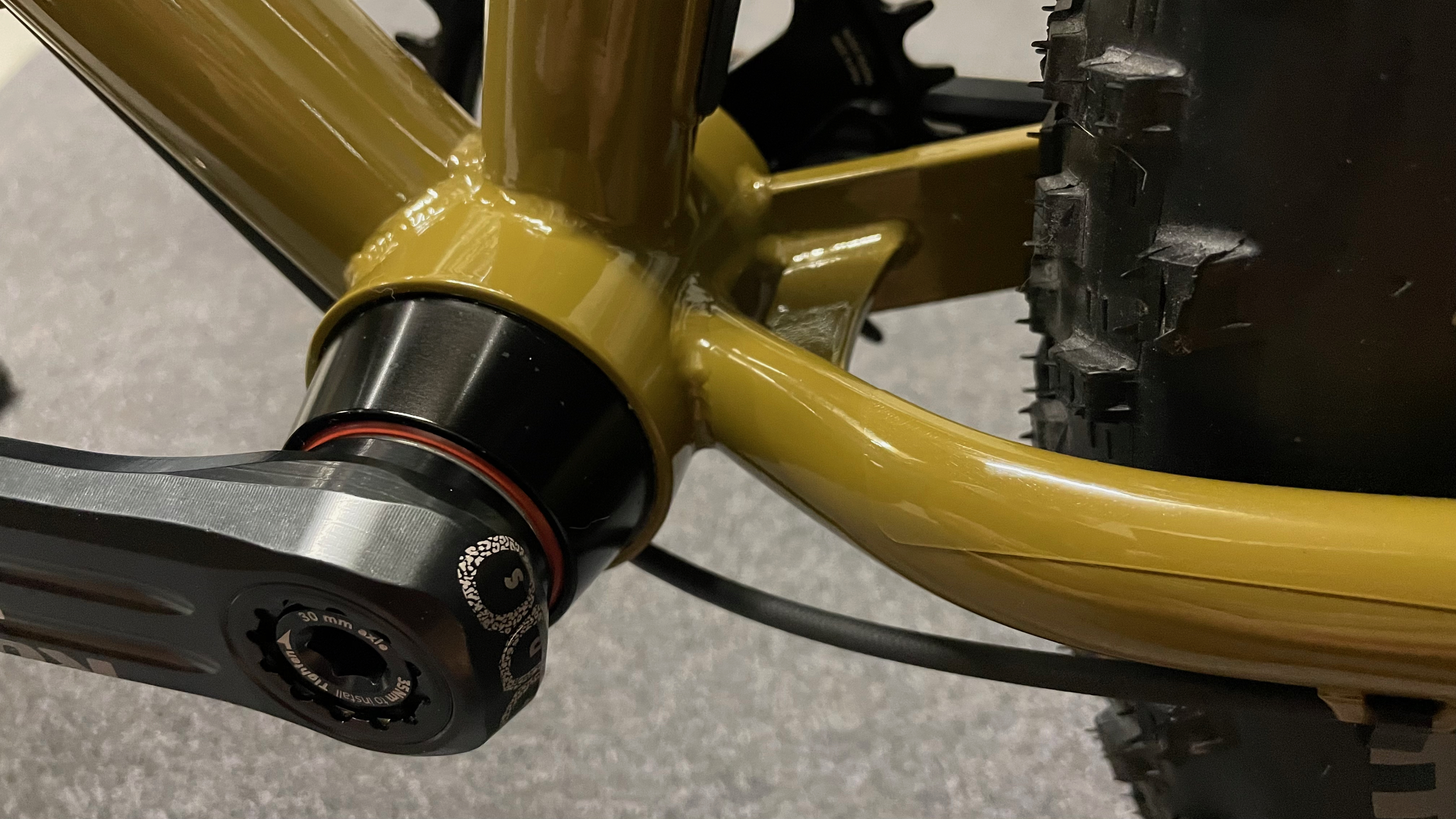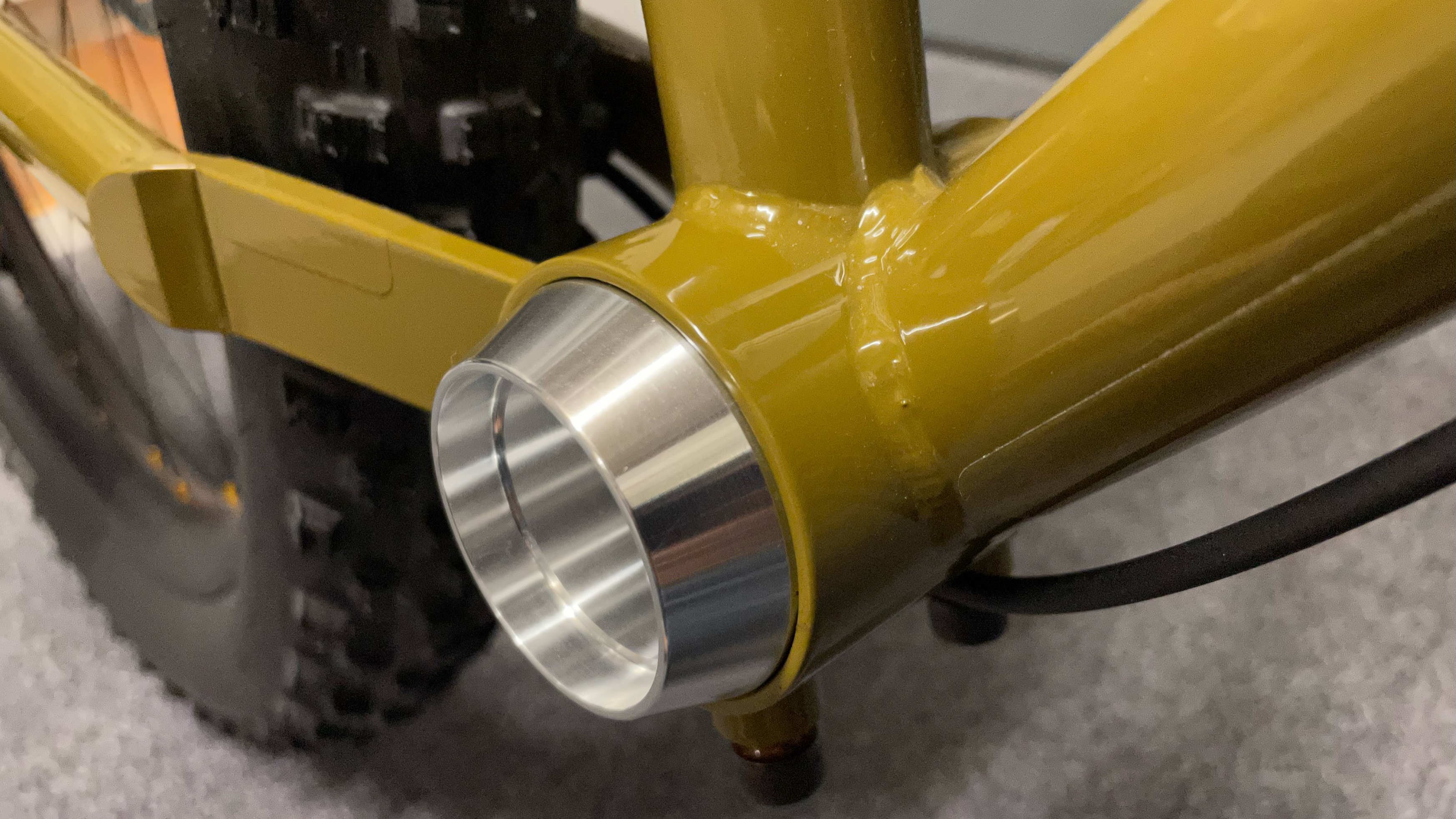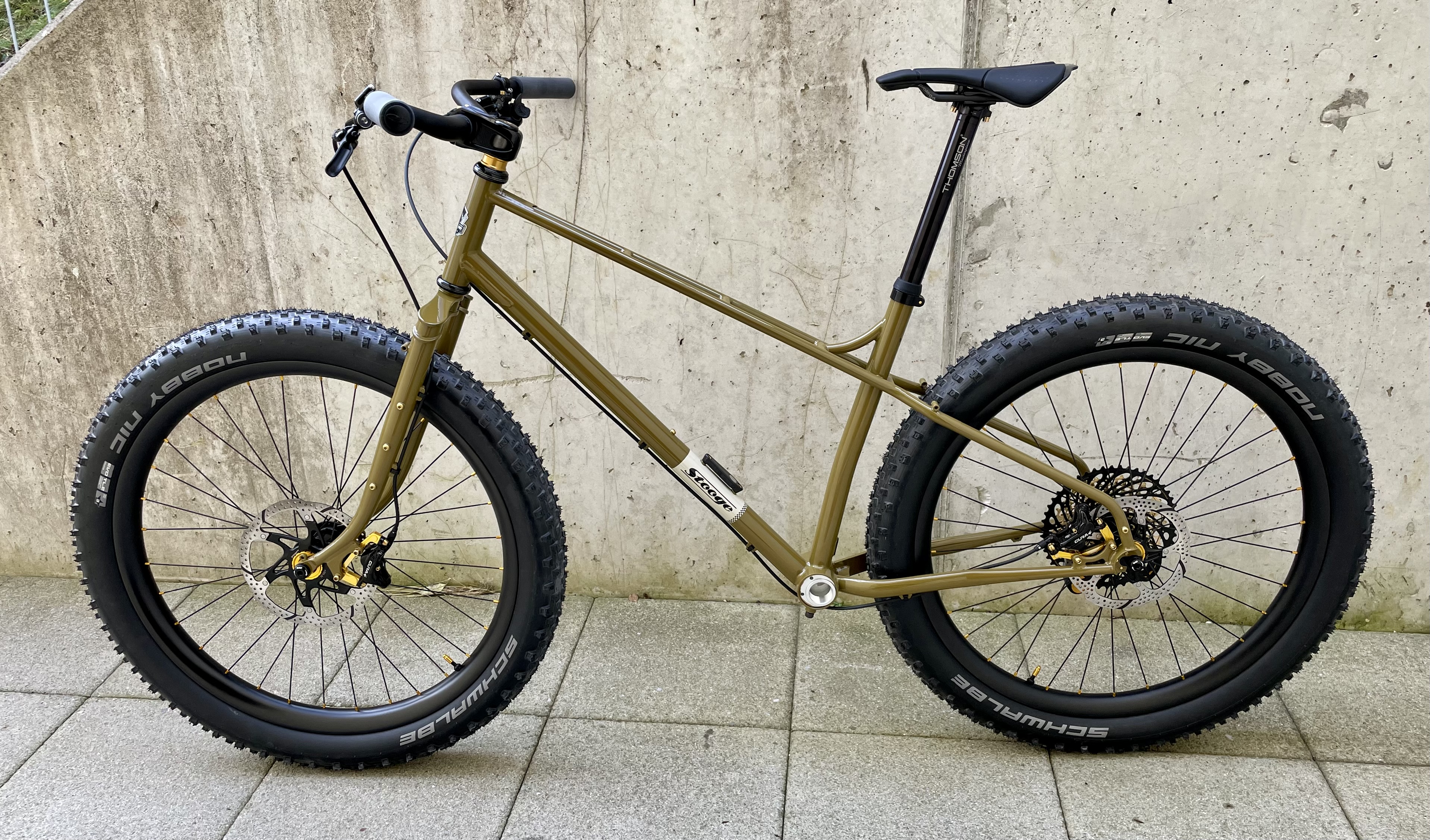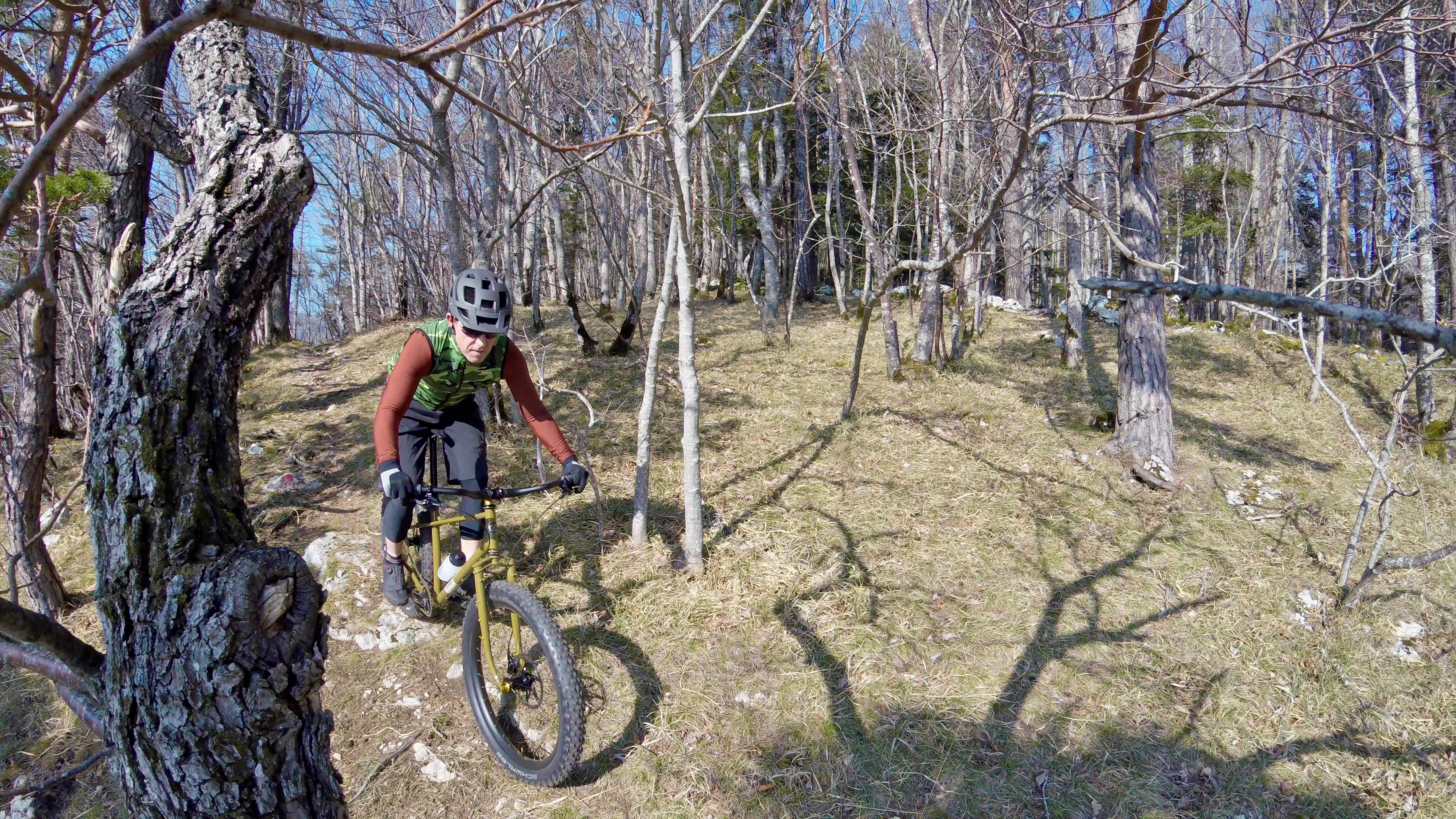
First 160km On My Stooge MK5
Cycling hasn’t been the same for me for the last three years. From 2016 through 2018, I used to ride over 8’000 kilometers. When we moved in 2019, my mileage dropped considerably before, during, and after the move. In 2020, and 2021, my riding dropped even further. Not because of the pandemic, but because one of our kitties was diagnosed with chronic kidney disease. Her sister’s kidneys were in slightly better shape. This dramatically changed our lives. From then on, at least one of us had to be home. Taking care of our cats to provide them with the best possible quality of life became a 24/7 job. My wife usually worked the late-night shift, and we would switch around 3-4 AM. Our palliative care included feeding both kitties every two hours or more frequently if they didn’t eat well enough. Cats with chronic kidney disease lose appetite. The sicker of the two, Chic Chic, was also given sub-Qs by us once a week. Besides both of us working full-time jobs, such care-taking left both of us often exhausted. I tried to maintain a regular riding schedule but rode locally and much shorter. In 2020, I managed to ride over 5’200, mostly road kilometers. In 2021, that dropped to 4’200 km. Our Chic Chic was a brave cookie. She got weaker, but she was happy that we were taking care of her. She far outlived our vet’s prognosis but sadly had to be euthanized in the afternoon of Friday, March 11th. She had been with us for 17 years. Palliative care now continues for her smaller sister, Chou Chou. She is still stronger than her sister was, but she may not be the fighter that her sister was.
Continue reading...